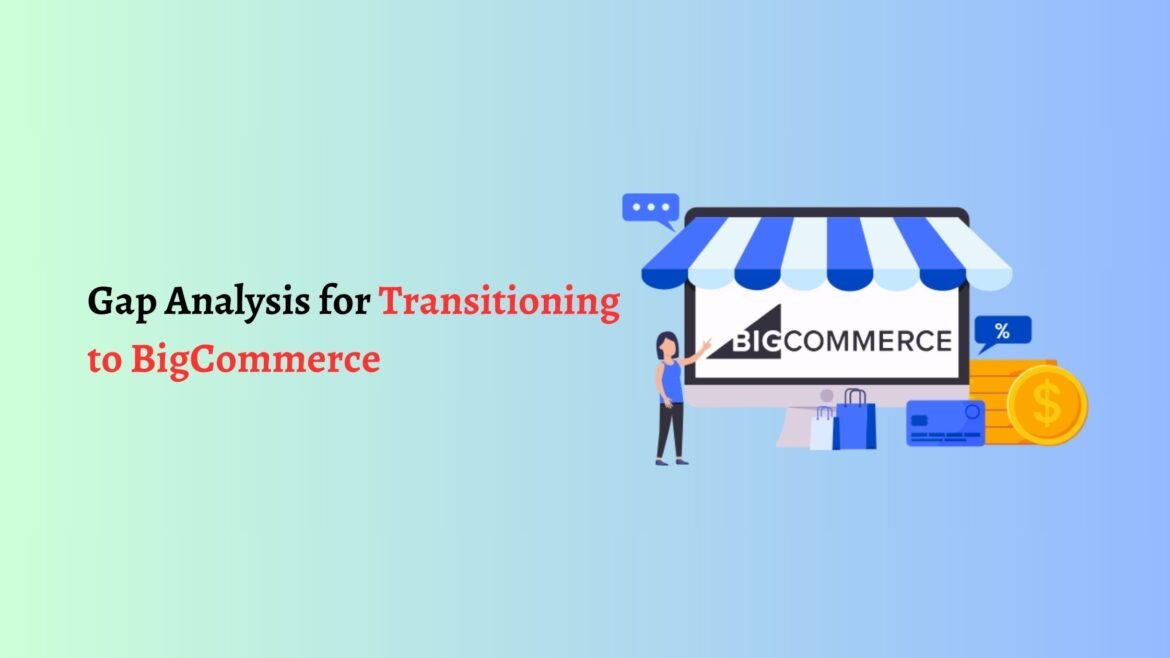Most of us know where we want to see our company grow. However, knowing where to start and how to do it sometimes might be challenging. This is when the gap analysis method is valid. A valuable tool for strategic analysis is gap analysis, which provides us with a comprehensive framework for establishing our goals and the routes we will take to get there. It’s crucial to note where we are now and where we want to be. Moving to an advanced e-commerce platform, such as BigCommerce, can be a strategic move that will help your business prosper. However, moving your online store is a challenging operation. But it can be made easier with bigcommerce development services. A thorough gap analysis is required to ensure a smooth transition. This blog will assist you in identifying the gaps between your current state and your planned future state.
Types of Gap Analysis
A systematic strategy called gap analysis assists companies in determining the differences between their present state and desired outcomes. Below are the types of gap analysis:
1. Performance Gap Analysis
This kind is performance-metrics-focused and helps find disparities between the performance of your present e-commerce platform and what you anticipate from BigCommerce.
2. Efficiency Gap Analysis
Gaps in efficiency Determine whether operational inefficiencies exist in your present system and how switching to BigCommerce can improve the efficiency of your e-commerce operations.
3. Resource Gap Analysis
This includes determining the resources needed for the shift, such as staff, technology, and money. You must decide what you presently have and what you will require.
4. Strategic Gap Analysis
This determines whether your present e-commerce strategy is compatible with BigCommerce’s capabilities and features.
The 5 Steps of Gap Analysis
1. Define Your Objectives
Clearly state your objectives for moving to BigCommerce. Are you trying to boost scalability, enhance client experience, or increase sales? Your goals will act as a guide for the duration of the procedure.
2. Current State Assessment
Analyze the advantages and disadvantages of your present e-commerce platform. Recognize the shortcomings in your current system’s functionality, features, and performance to identify areas that require improvement.
3. Future State Definition
Construct a thorough vision of your BigCommerce objectives. A comprehensive description of features, functions, and performance benchmarks should be included.
4. Analyze the Gaps
Compare your current state to your desired future state and identify the differences. This step determines where enhancements or changes are required for a smooth transition.
5. Develop an Action Plan
After identifying the gaps, establish a thorough action plan outlining the steps and resources needed to close them. To guarantee a smooth transfer, your plan should include a timeframe and responsibilities.
Transitioning to BigCommerce
1. Research BigCommerce
Make sure you fully comprehend BigCommerce’s features first. Examine how the features, costs, and customization choices match your online business goals.
2. Migration Strategy
Create a migration plan based on your gap analysis. Choose if you want to move your complete store or just some parts of it, such as orders, customers, and products. Ensure you have a backup copy of your data if something goes wrong with the switch.
3. Design and Customization
Work on your BigCommerce store’s layout and customization. BigCommerce provides an extensive selection of designs and customization choices so you may personalize your online store to fit your customers’ wants and brand.
4. Data Migration
Transfer your data to BigCommerce with caution. Ensure the order history, client information, and product information are transferred correctly.
5. Testing and Quality Assurance
Make sure your new BigCommerce store works as planned by giving it a thorough test. Before going live, check for any problems, such as broken links or payment gateway integration, and fix them.
6. Post-launch Evaluation
Following the launch of your BigCommerce store, keep an eye on and assess its success. Get user input, then adapt as necessary to close any remaining gaps.
Conclusion
Transitioning to BigCommerce can transform your e-commerce organization, but it’s complicated. The first step toward a successful migration is a thorough gap analysis. You can create a strategic plan for a smooth transition by identifying the gaps between your present state and your expectations.
With the four forms of gap analysis—performance, efficiency, resource, and strategic—you’ll have a thorough grasp of the modifications needed. Following the steps of gap analysis—identifying objectives, assessing the current state, defining the future state, analyzing gaps, and building an action plan—will assist you in navigating the change efficiently. A reliable bigcommerce development company can help you to do efficient gap analysis and pave the way towards success.
Also read Technology


